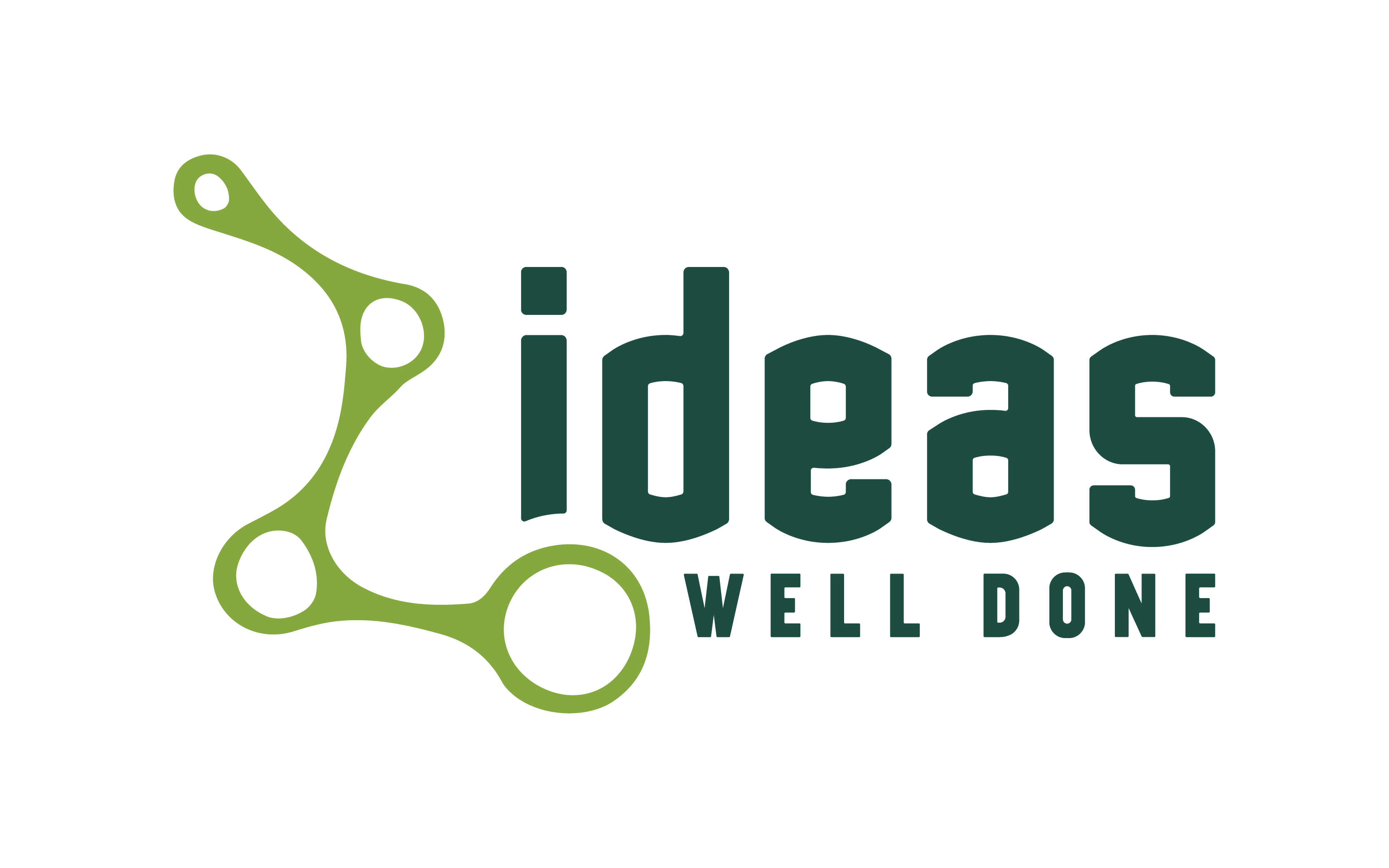Not having an NPD project process is like deciding to drive to a specific address for a dinner party in a foreign country without giving a single look to a map or GPS. Rather than each wrong turn costing you a few bucks in gas and making you 20 more minutes late, each wrong turn costs you $500,000 and makes you six more months late.
Teams will generally flounder without some structure. It is hard to function when things are too ridged, and yet we all do better work with goals in mind. Without direction, teams and individuals often spend most of their time searching for what to do, not actually doing it. Here are a few examples of ways to build an NPD process framework that will free your team to do their best work.
Project Kickoff in the NPD Process
The first step of any good NPD Process is a project kickoff. This is an opening discussion with all the key players. This includes the stakeholders, such as department heads whose budget will pay for the project, product managers, and sales managers for this product. This would also include any resources such as designers or business members with “tribal knowledge.”
In this first step of the NPD process the group establishes all of the baseline information to begin a project. Discussions begin with questions such as:
What is the problem we aspire to solve?
This seems obvious, but often without an NPD process, teams are told the solution without a full understanding of the problem. Instead, we recommend spending time discussing items such as the problem environment, any constraints that exist, and of course budget and timeline. Since project launches can be as infrequent as twice per year or less, we recommend having a standard project kick-off document to refer to such as a project charter.
We find that without this first step, there are assumed bodies of knowledge that do not exist. Take for example a new cooktop for a commercial kitchen. The sales representative who is asking for this new product, knows that the business who is requesting the product is planning its entrance into Europe. This might have been big news in the restaurant industry and obvious to the sales rep.
Without mentioning this small fact, it is possible that the design team was unaware that this new product could be shipped to Europe, and now would require a CE certification in addition to UL. If your team found out at the end of a design phase that the product also needed to meet CE standards, it could cause a major disruption to the schedule and budget. The purpose of a kick-off meeting with a structured discussion in the NPD process is to get the whole team on the same page and avoid major setbacks.
The Voice of the Customer in the NPD Process
Often, we find that organizations forget about the end user all together in the NPD process. This seems ludicrous, but it happens all the time. The classic case is a group brainstorm on new products. You come up with a list of phenomenal ideas. The problem is, if no single customer is asking for any of these new features, then there is no market. Development would be a waste of time and money. It may even create ill will from your customers who have been asking for other features this whole time.
Occasionally, the world is blessed with such visionaries as Steve Jobs who simply did not care for customer feedback and did not need it either. If you are not one of these people, you must consider including the voice of the end user in the NPD Process.
Product Specification in the NPD Process
The output of a project kickoff should be a clearly defined product specification. Without a strong NPD process, businesses tend to assume that the design team “gets the idea.” It turns out that generally, even the best design teams are not telepathic. They do not know precisely what the client needs are without it being well documented.
Let us go back to the example of navigating a car to a dinner party in a foreign country without a map. Beginning the NPD process without a product specification is like navigating without a specific address. Imagine if the host simply said, “Our home is in the northwest corner of the country. It is painted gray and has a wooden fence.”
Good luck and safe travels.
A strong product specification can also be used as a scope of work. A scope will work like bumpers in a bowling alley to keep a project heading the right direction. There is a tendency for designers to want to do what they do best – design. This is where scope creep can happen.
The nice thing about a strong product specification in the NPD process is that it gives a black and white description of what needs to be developed and nothing else. In a strong NPD process any features which are not in the product specification would need to be reviewed by the whole team before being developed. This might feel constraining for the design team, but in fact it is focused. There are no distractions, just steps towards the completion of the new design.
Project Timeline in the NPD Process
Establishing a timeline with clearly defined objectives and due dates is crucial to NPD process success. Even in very short, quick projects a defined timeline helps to gauge project success. If the project is not meeting your timeline, it creates a natural opportunity to ask why. What challenges, or roadblocks are in the way?
Continuing with our example of navigating in a car, the timeline combined with a strong product specification is like a map. Just like any project, drivers can run into detours. They may also need to stop for gas and a bathroom. Without a map or a sense of direction, small deviations along the route can make the driver feel lost. The NPD process, including a product specification and development timeline, give design teams the ability to understand where they are presently, and where they are heading. Without this information, team moral can drop, and precious time and money can be squandered.
--
A strong NPD process puts all the necessary planning and thinking at the beginning of any project. It gives any design team a map to follow on their journey. Once these items are established, the design team does not get weighed down by project management; rather they are free to focus exclusively on design and imagination of solving problems.



